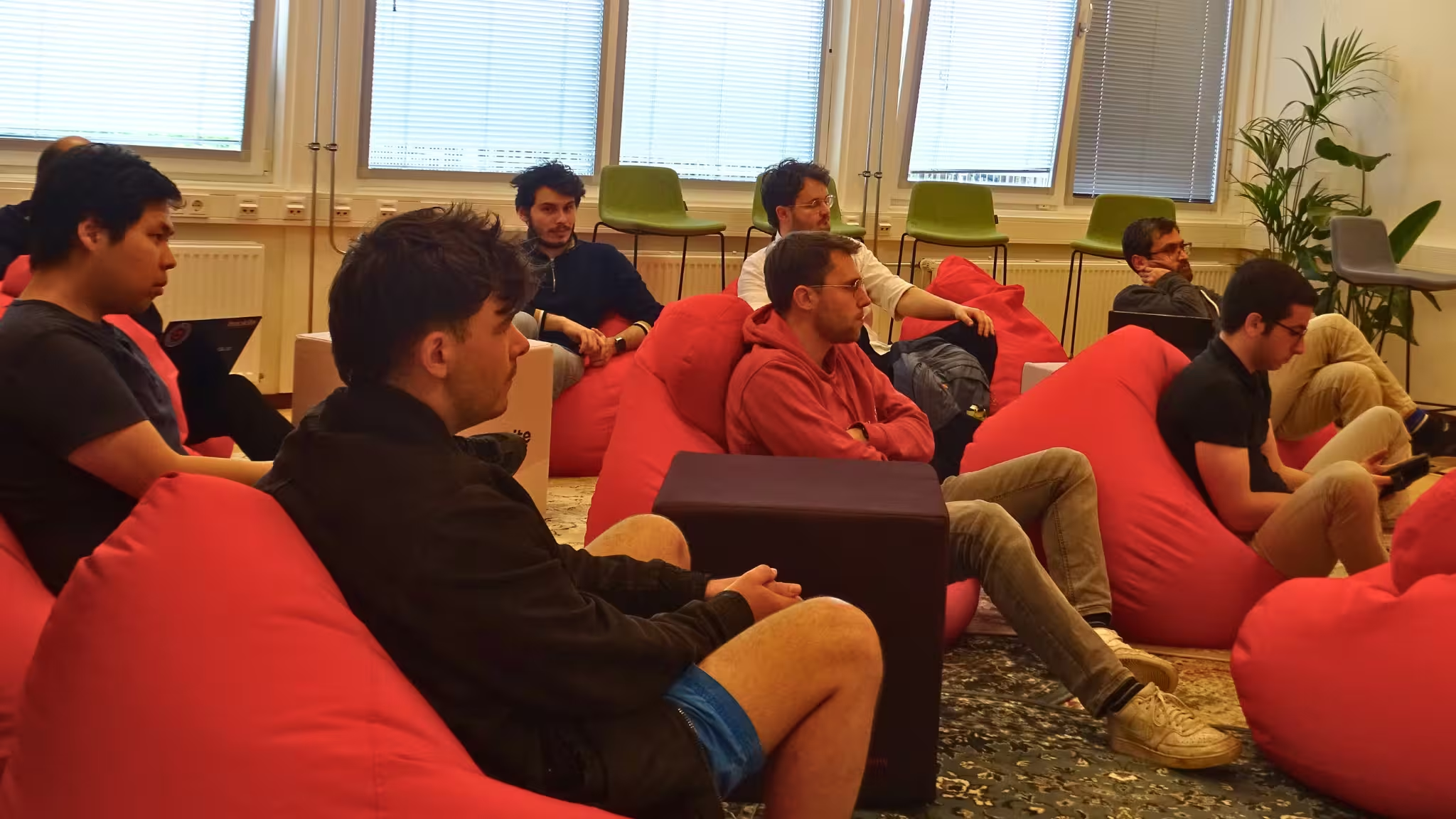What does not kill you makes you stronger; rejection as an entrepreneur

Nobody enjoys rejection. Whether it’s a direct and cold “no” from an investor or crickets after launching your product it stings. But here’s the truth: Rejection is a rite of passage for every entrepreneur.
🚫 Why entrepreneurs get constantly rejected
Starting a business means putting yourself (and your ideas) out there constantly. That means:
- Pitching to investors who pass
- Hearing "no thanks" from customers
- Losing co-founders or talent who don’t believe in your vision
Research shows about 90% of startups fail (CB Insights, 2021), and many entrepreneurs face rejection dozens of times before they succeed.
🧠 But what does not kill you makes you stronger
According to resilience research:
- Entrepreneurs who can regulate emotions and recover from setbacks perform better long-term (Reivich & Shatté, 2002)
- Rejection is a crucial feedback loop, not just a failure
- Learning how to handle rejection builds the mental toughness needed for uncertain, high-risk environments
"Resilience isn’t about avoiding failure — it’s about bouncing back smarter and faster." – Ayala & Manzano, 2014

The key is shifting your mindset
Want to turn rejection into your secret weapon? Start by switching to a growth mindset (Dweck, 2006).
Entrepreneurs with a growth mindset:
- See rejection as a signpost, not a dead-end
- Reflect on what went wrong and improve
- Stay persistent, adaptable, and coachable
💡 Pro tip:
After every rejection, ask yourself:
- “What can I learn from this?”
- “What didn’t land and why?”
- “What can I tweak and test next time?”
Practical tactics to embrace rejection
Here are some proven tools to embrace and use rejection to your favor:
1. Do a “100 days of no” challenge
Inspired by Jia Jiang’s viral project, purposely seek rejection to desensitize yourself. Ask for wild things — and document the process.
2. Build a support circle
Join startup communities or mastermind groups where rejection stories are normalized, not hidden.
3. Reframe rejection using CBT
Practice cognitive reappraisal (Gross, 2002):
- Instead of: “I’m not good enough”
- Say: “That pitch didn’t resonate I’ll improve it”
4. Run post-mortems
After every rejection (pitch, sale, proposal), break it down:
- What worked?
- What didn’t?
- What could be better next time?
5. Practice makes perfect
The more you expose yourself and your ideas to out of your comfort experiences where you risk being rejected, the more you will get used to the feeling of rejection. The Innokite weekend (November) provides a perfect opportunity to expose your skills and ideas to like minded individuals and get rejected but gaining skills in the process.
🚀 Why embracing rejection will make you a better entrepreneur
So, here’s the truth:
If you're serious about being an entrepreneur, rejection isn’t just something to survive it’s something to master. So get comfortable with the feeling of being rejected, and remember, what does not kill you makes you stronger.
📚 Sources (for the curious entrepreneurs)
- Ayala, J. C., & Manzano, G. (2014). The resilience of the entrepreneur. Influence on success.
- Cardon, M. S., et al. (2009). The nature and experience of entrepreneurial passion. Academy of Management Review.
- Chen, X. P., Yao, X., & Kotha, S. (2009). Entrepreneur passion and preparedness in business plan presentations.
- Dweck, C. S. (2006). Mindset: The new psychology of success.
- Gross, J. J. (2002). Emotion regulation: Affective, cognitive, and social consequences. Psychophysiology.
- Mitchell, R. K., et al. (2002). Toward a theory of entrepreneurial cognition. Entrepreneurship Theory and Practice.
- Reivich, K., & Shatté, A. (2002). The resilience factor.
- Shepherd, D. A. (2003). Learning from business failure. Academy of Management Perspectives.





